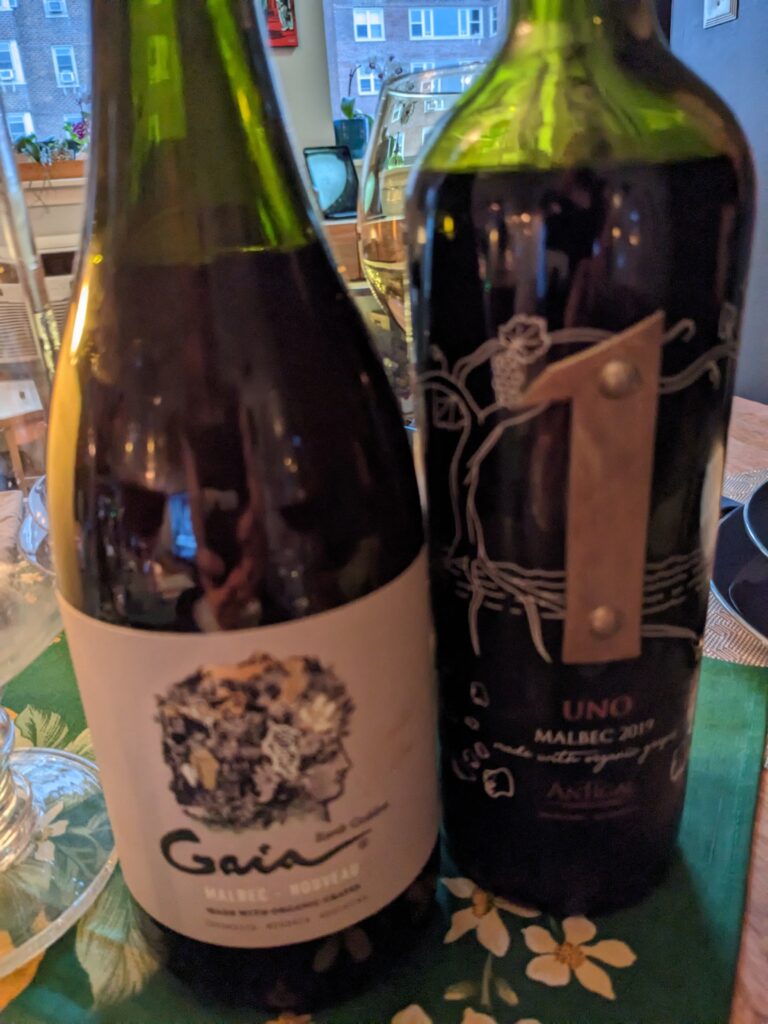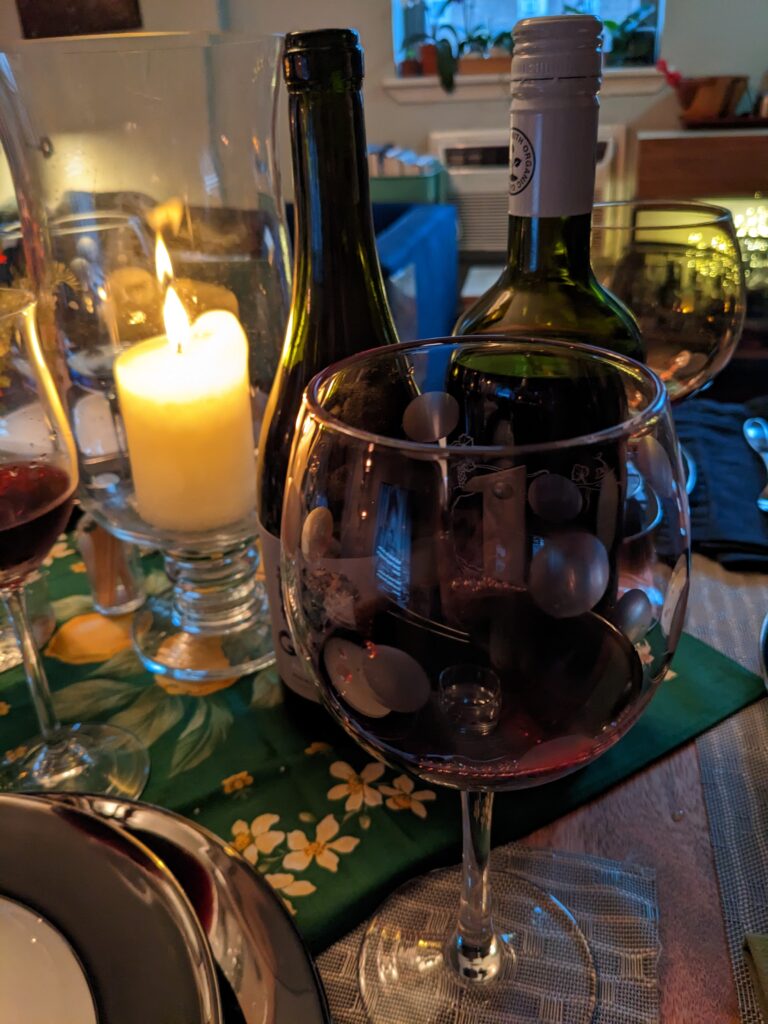
As I’ve written before, the Malbec grape originated in France and is currently grown in Bordeaux, the Loire Valley and Cahors. But, despite Malbec’s association with France, it is planted in much greater numbers in Argentina. More specifically, Argentina’s long relationship with Malbec dates to 1853 when agronomist Michel Aimé Pouget brought the grape to from Europe to the New World country, having been hired to run an agricultural school there. In addition to the school’s influence, Argentina’s early viticulture was also shaped by Italian and French immigrants, who brought their grape growing experience and expertise with them.
Not surprisingly, I have had the opportunity to compare and contrast Malbec-based wines in the past, both with regard to producer as well as with regard to region of production (i.e. Argentina vs. France).
However, I recently had the particularly interesting chance to taste two Malbecs side-by-side, which differed markedly in winemaking approaches: traditional red wine production vs. carbonic maceration.
Traditional red wine production is fairly well known and understood by consumers, but carbonic maceration is less familiar, since it is mostly confined to the production of Beaujolais Noveau. Utilizing intracellular fermentation, carbonic maceration typically produces lighter style wines with a fresh fruit flavor profile. This was not a winemaking technique brought to bear on the Malbec grape… until now. In fact, there appears to be a trend among Argentine producers (see: this story) in using this unusual approach with Argentinian grapes.
Now, joining this small coterie of carbonic macerators, Domaine Bousquet has added its Gaia Nouveau Malbec to the mix. Produced with certified organic Malbec grapes, winemaker Rodrigo Serrano decided, “Why not try to make a carbonic maceration Malbec?” Answering his own question affirmatively, the first wine was made with the 2022 vintage to rave reviews.
The counter balance, with a more traditional approach, was Antigal’s Uno Malbec 2019, also made with organic Malbec grapes and produced solely in stainless steel tanks (no wood/oak influence).
I was previously introduced to Antigal in 2018 (see story). Obviously a lot has happened in the world since then, so it was a pleasure to receive a sample of the current vintage of this wine to reacquaint myself. Proudly bearing its metallic numeral 1 breast plate, this wine comes from Antigal’s Uno collection.

Domaine Bousquet Gaia Nouveau Malbec 2022, Uco Valley, Argentina, $20.00
(100% Malbec, certified organic)
This wine presents with fresh berry aromas. It is light bodied, with fresh berries and a hint of earth, with lively acidity and bright freshness on the dry palate with long length.
Antigal Uno Malbec 2019, Uco Valley, Argentina, $18.00
(100% Malbec, organic grapes)
This wine has a pronounced nose with black and blue fruit, spice and vanilla, which persist on the dry palate, with ripe, medium-firm tannins, culminating with medium+ length.

